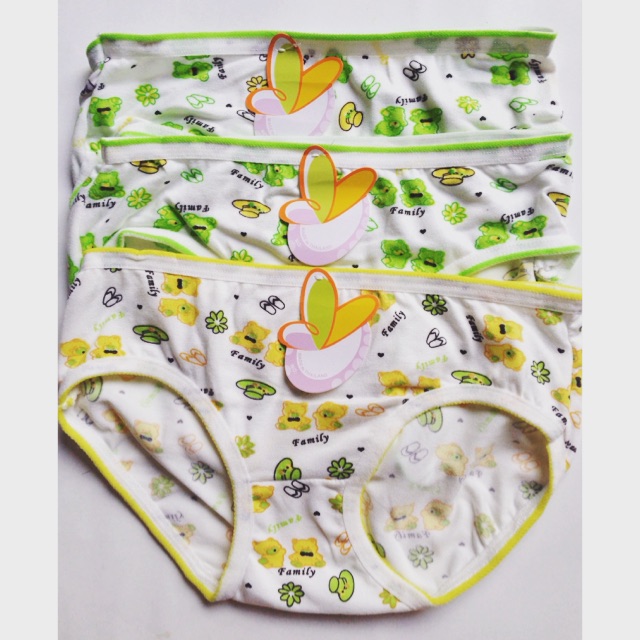Setting the scene
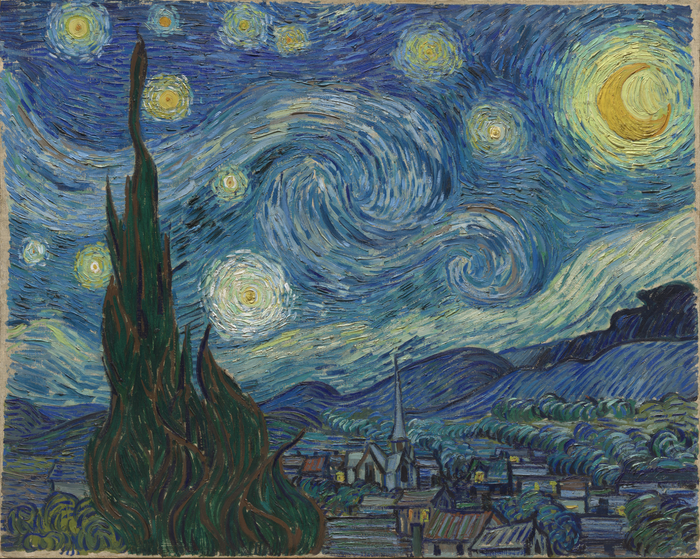
Vincent van Gogh (Dutch, 1853-1890). The Starry Night. Saint Rémy, June 1889. Oil on canvas, 29 x 36 1/4" (73.7 x 92.1 cm). The Museum of Modern Art, New York. Acquired through the Lillie P. Bliss Bequest (by exchange)
Van Gogh was inspired by the view from his window at the Saint-Paul-de-Mausole asylum in Saint-Rémy in Southern France, where he spent twelve months in 1889–90.
But when comparing the painting to the actual view, it’s not entirely similar. That’s because the painting is based on the Dutch artist’s imagination, memories and emotions, as well as his direct observations.
MoMA offers this description on their website: The Starry Night is a visually striking “exercise in observation and a clear departure from it....van Gogh assigned an emotional language to night and nature that took them far from their actual appearances.”
So, let’s explore the masterpiece in more detail...
The night sky
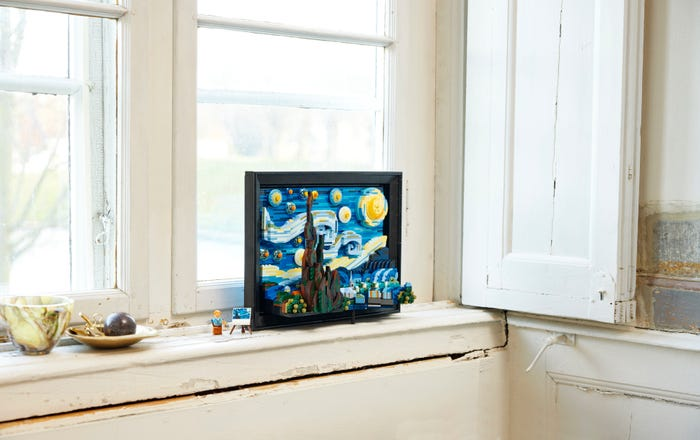
Pictured: the LEGO® Ideas Vincent van Gogh - The Starry Night set
It makes sense to start with the glowing night sky that van Gogh beautifully reconstructs with his unique use of color, shapes and famous brushstrokes.
Through these techniques, the night sky looks alive, vibrant and quite different from reality.
But it wasn’t all imagination. Venus was visible in southern France at the time and van Gogh painted the planet (center left), using brushstrokes to create a glow-like effect.
Another MoMA text on this work states, “the whirling forms in the sky...match astronomical reports of clouds of dust and gas known as nebulae.”
The closer you look at the stars and Moon and the swirling wind, the more you get captivated by his portrayal of an active, chaotic night sky.
Cosmic wonder
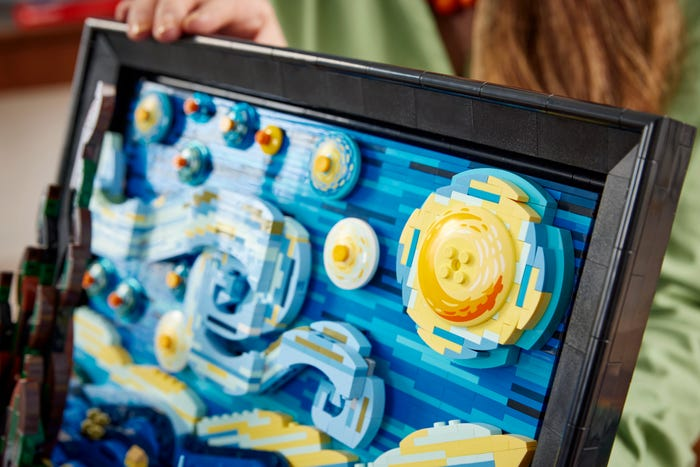
Astrophysicist Janna Levin helped MoMA explore The Starry Night sky from a celestial point of view for a recent podcast.
“There’s a general idea for me in both art and in science that we’re navigating the divide between the subjective and the objective,” explains Janna.
“Where the commonality is [between art and science], is in the curiosity, the asking questions about the world, to see the world differently, to see yourself differently...you’re compelling people to still be human beings and still view themselves in the cosmos,” she continues.
In a letter to his brother, van Gogh wrote that “hope is in the stars”, which gives us an insight into the artist’s mind at the time, and that The Starry Night was perhaps a dream or hope of better things.
The village below
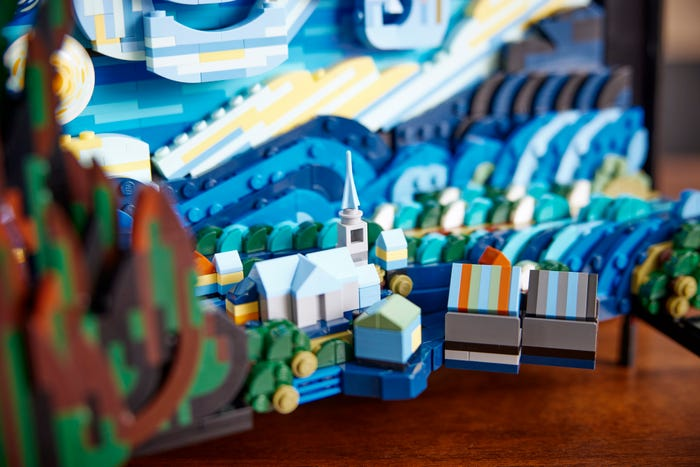
Van Gogh is known for using visual contrasts in his art. We personally love the juxtaposition of a quaint, quiet village sitting still beneath a loud, bright sky.
MoMA clarifies that “the picturesque village nestled below the hills was based on other views – it could not be seen from his window.” If you look closely, you’ll notice the steeple of the church that resembles those common in the Netherlands (where van Gogh is from), and not France.
Whereas the mountains in the background were true to his surrounding landscape, as well as the cypress tree to the left, which appears much closer than it was in real life.
Reimagining the painting
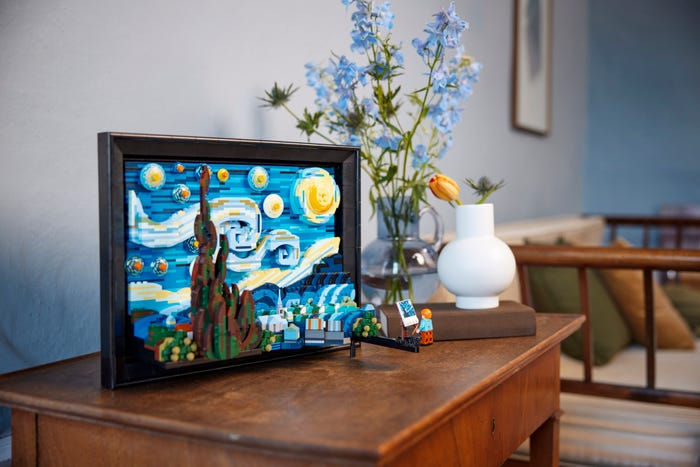
It’s van Gogh’s unique use of color and brushwork that captured Truman’s imagination and inspired him to create this unique piece for LEGO Ideas.
“The Starry Night is one of his most iconic works,” says Truman. “I’d wanted to make a LEGO creation based on the artwork for a long time but never thought of a good execution style for it.”
“One day, I was just playing with LEGO parts, and I realized that stacking LEGO plates together at random intervals looks a lot like van Gogh’s iconic brush strokes. I couldn’t help but wonder what the full painting would look like with this build style.”
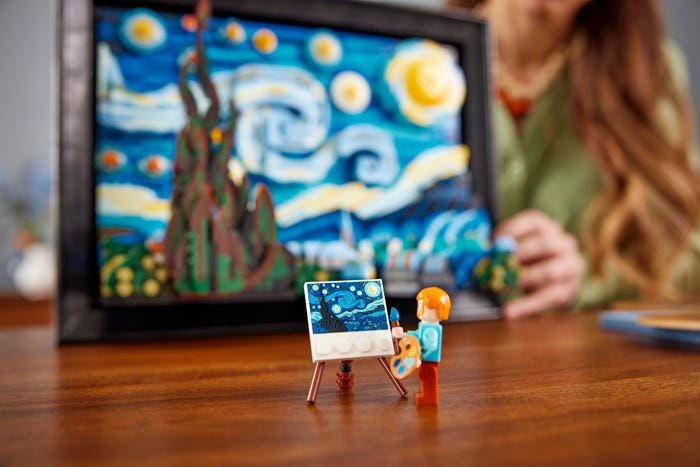
The LEGO Art set even comes with a van Gogh minifigure with his brick-built easel





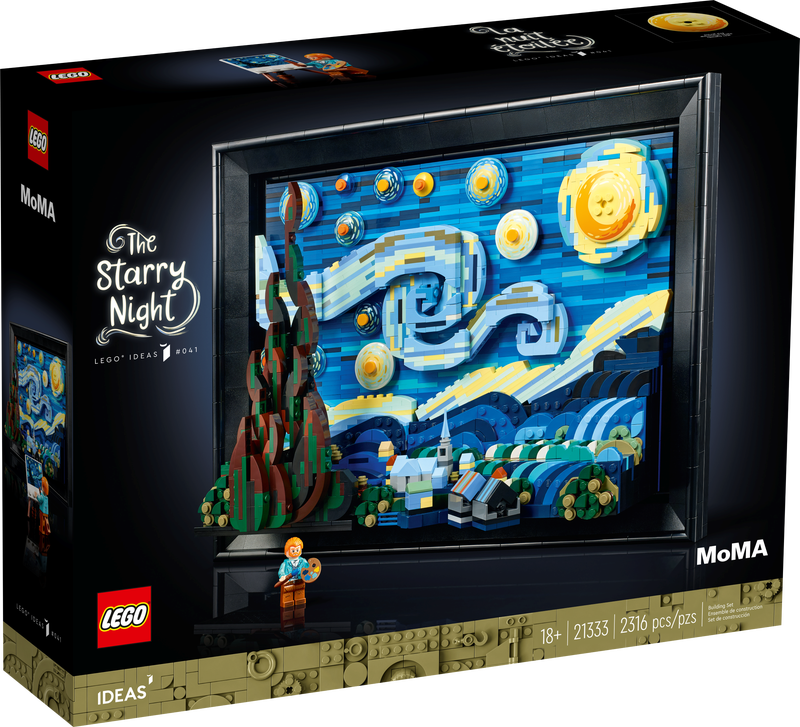























![[Hàng Mới] Bong bóng đẩy động vật đầy màu sắc đồ chơi cảm giác Đồ chơi bóp chống căng thẳng Silicone](https://sg-test-11.slatic.net/p/5804fa1304e88a0178ba67a504fbbca1.jpg)


